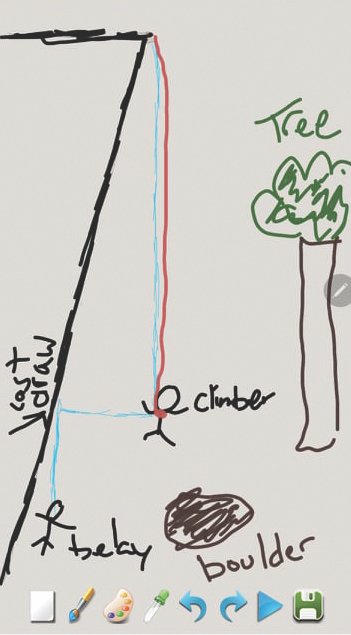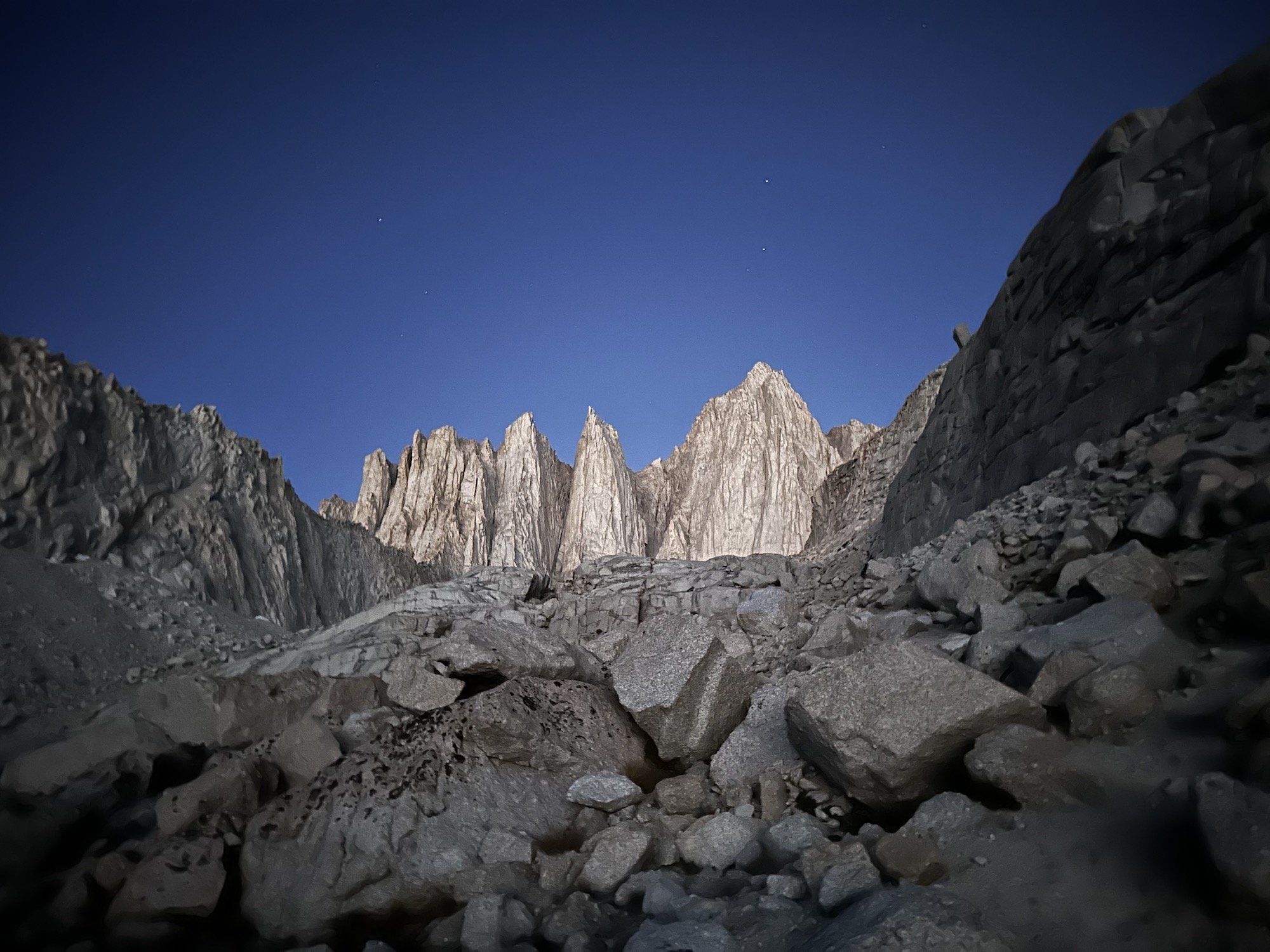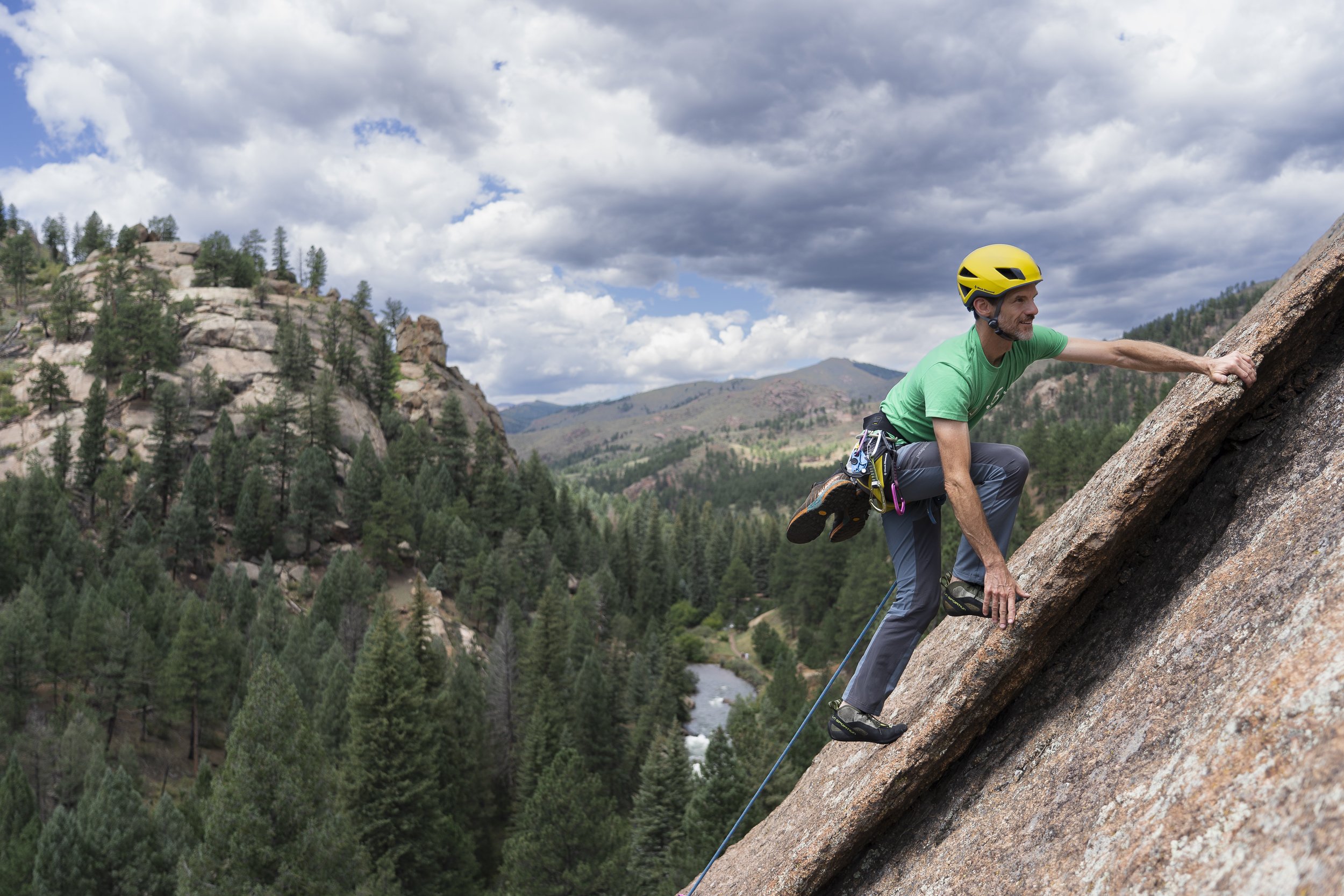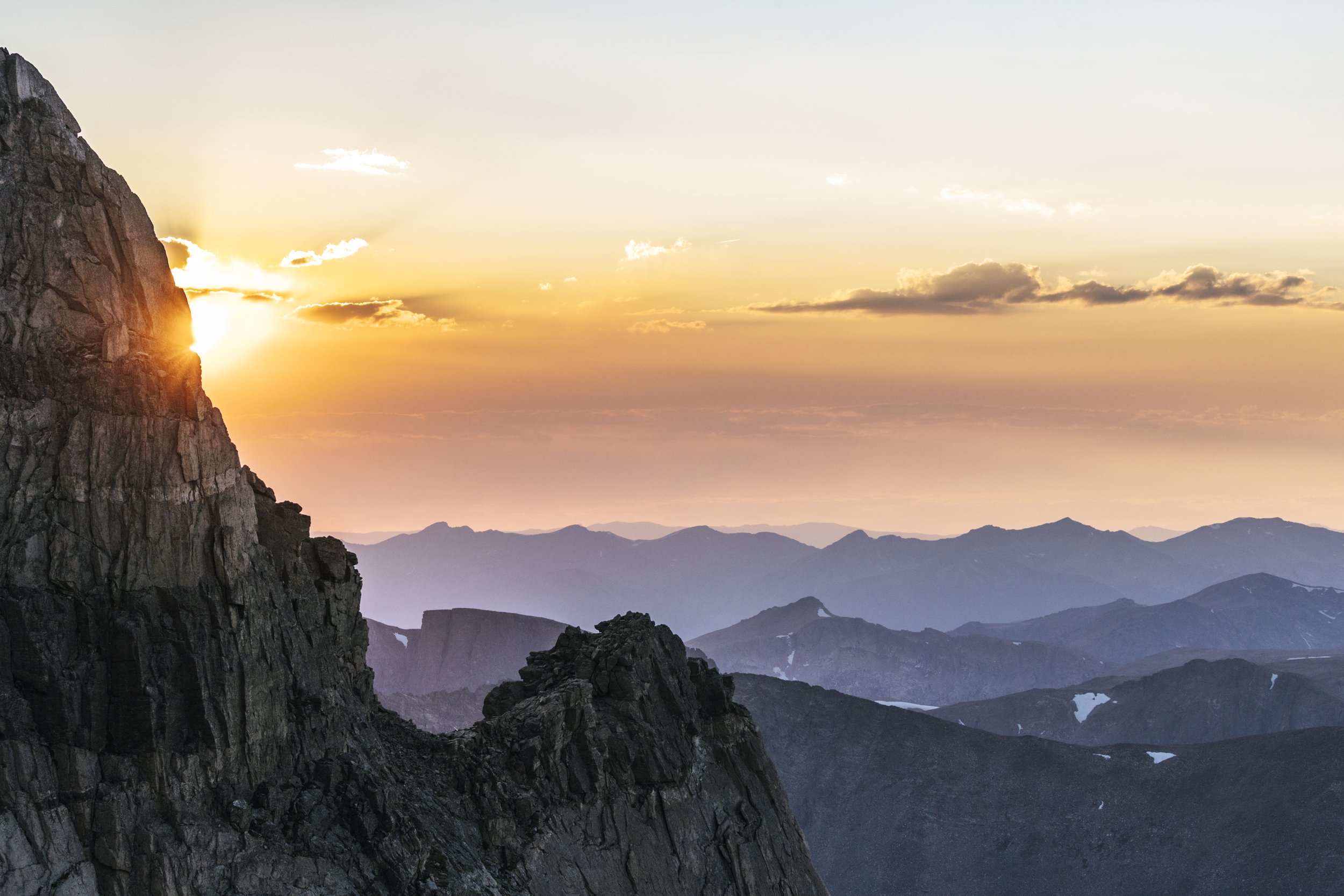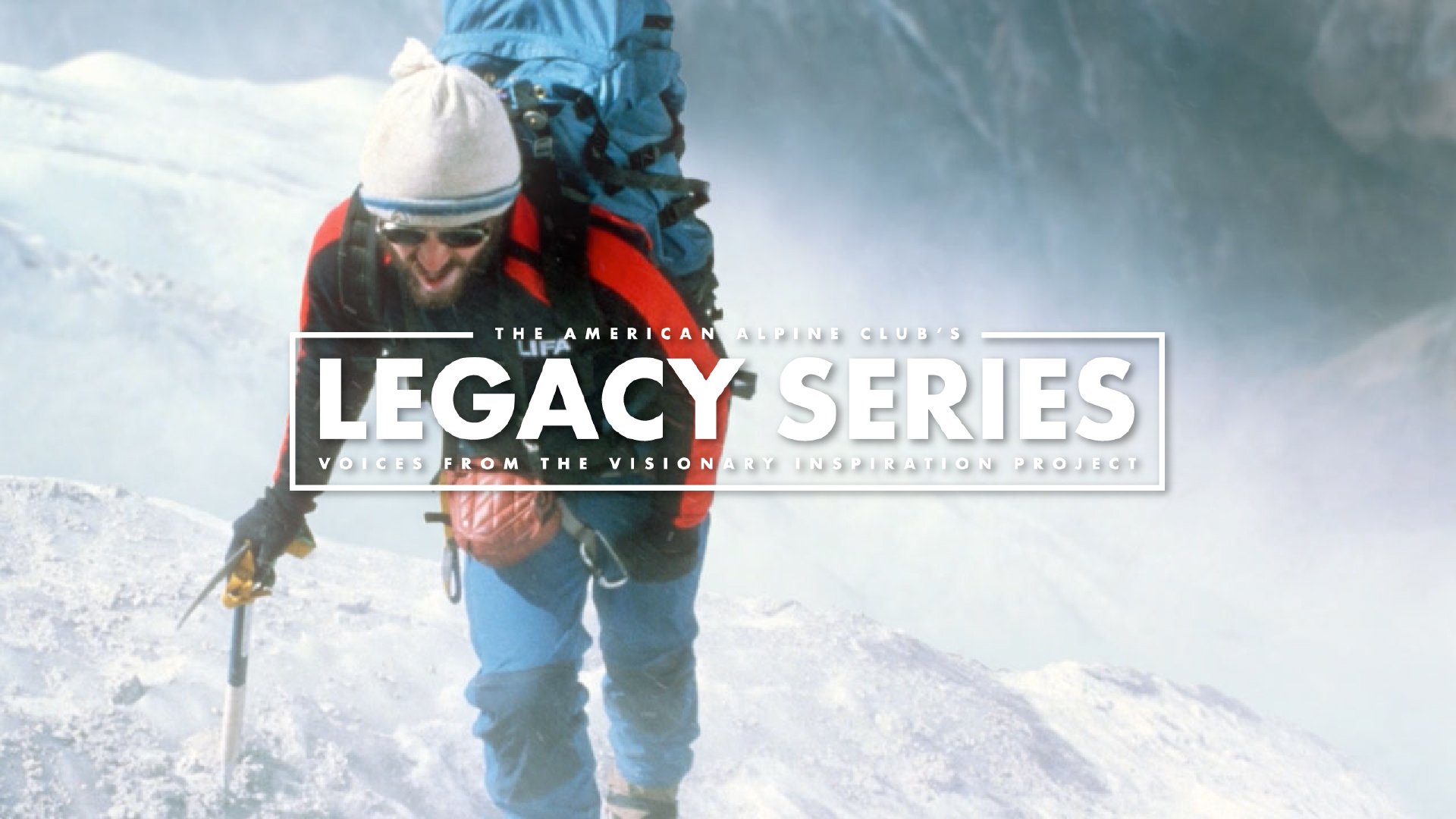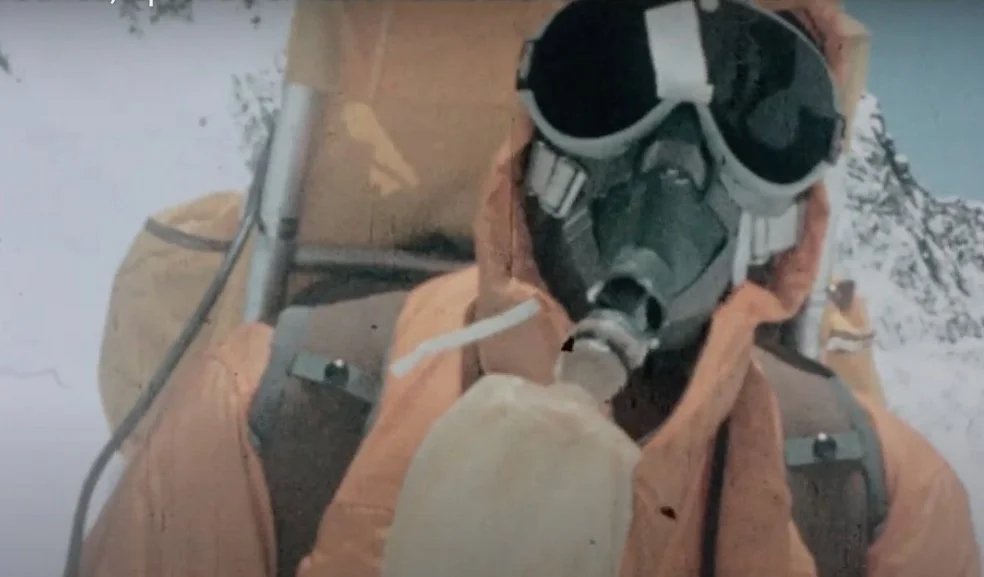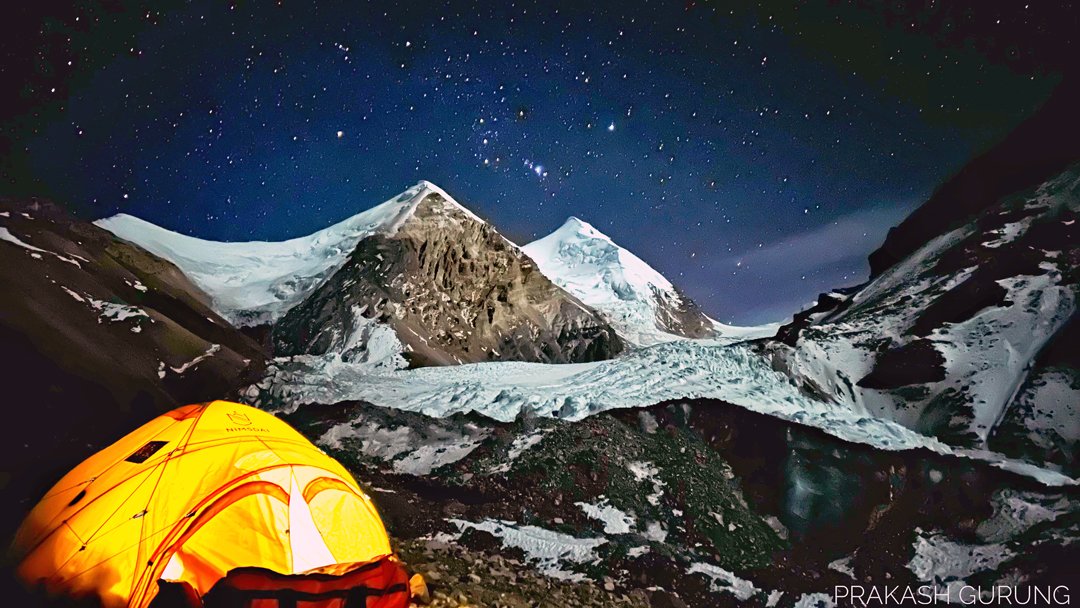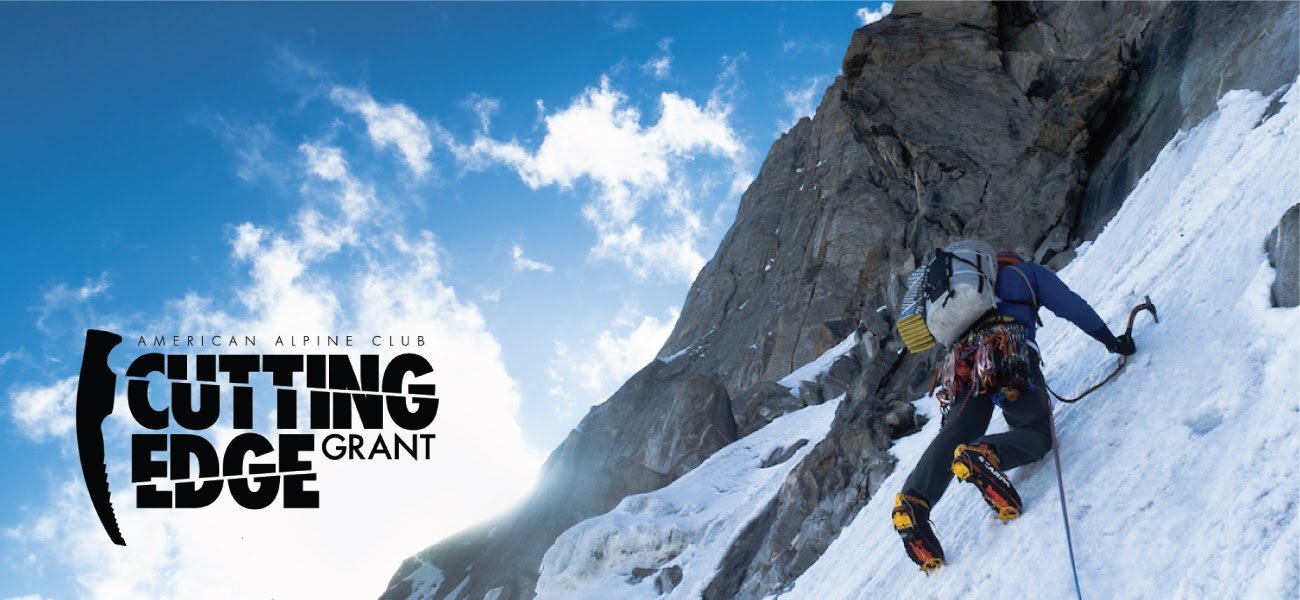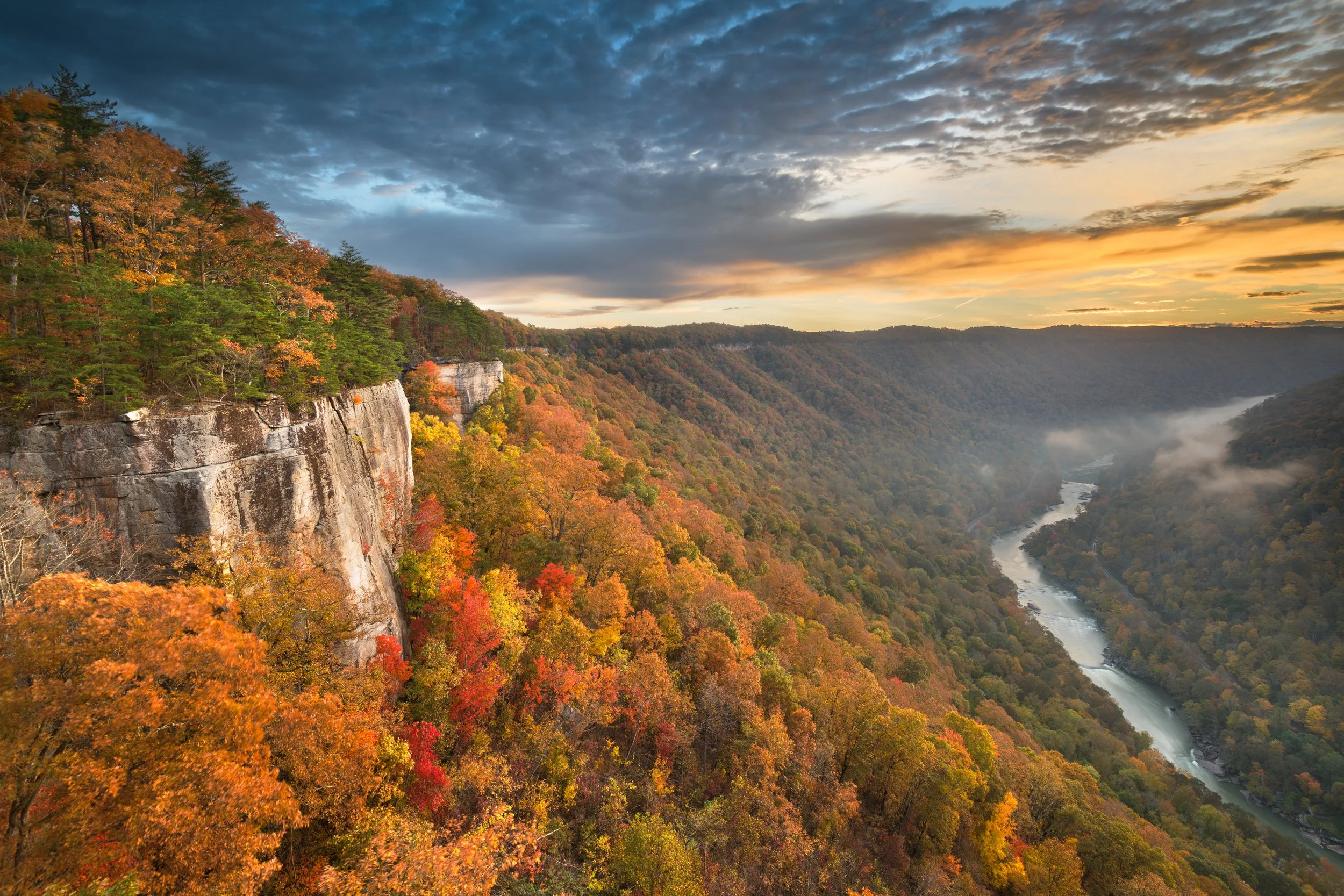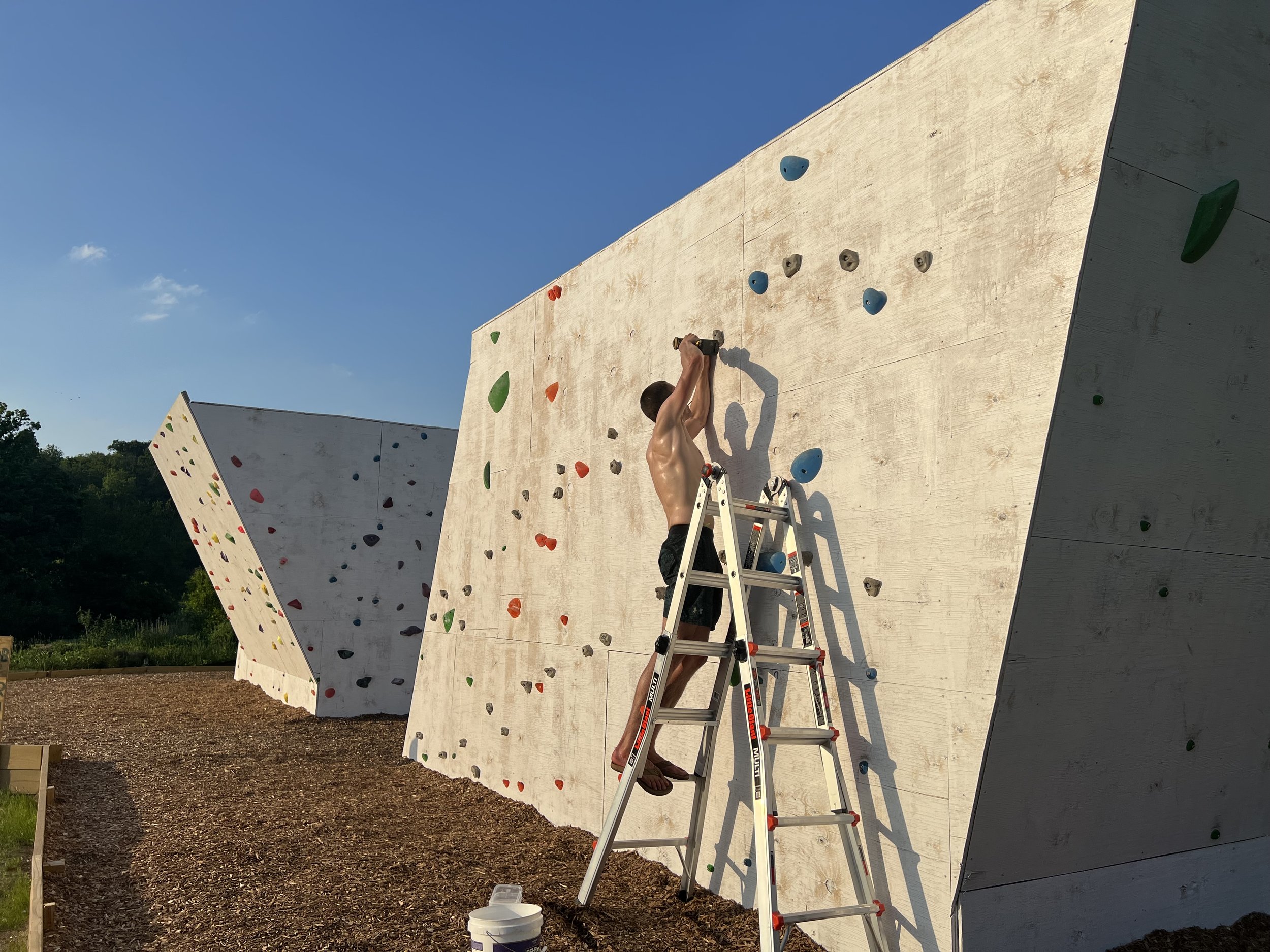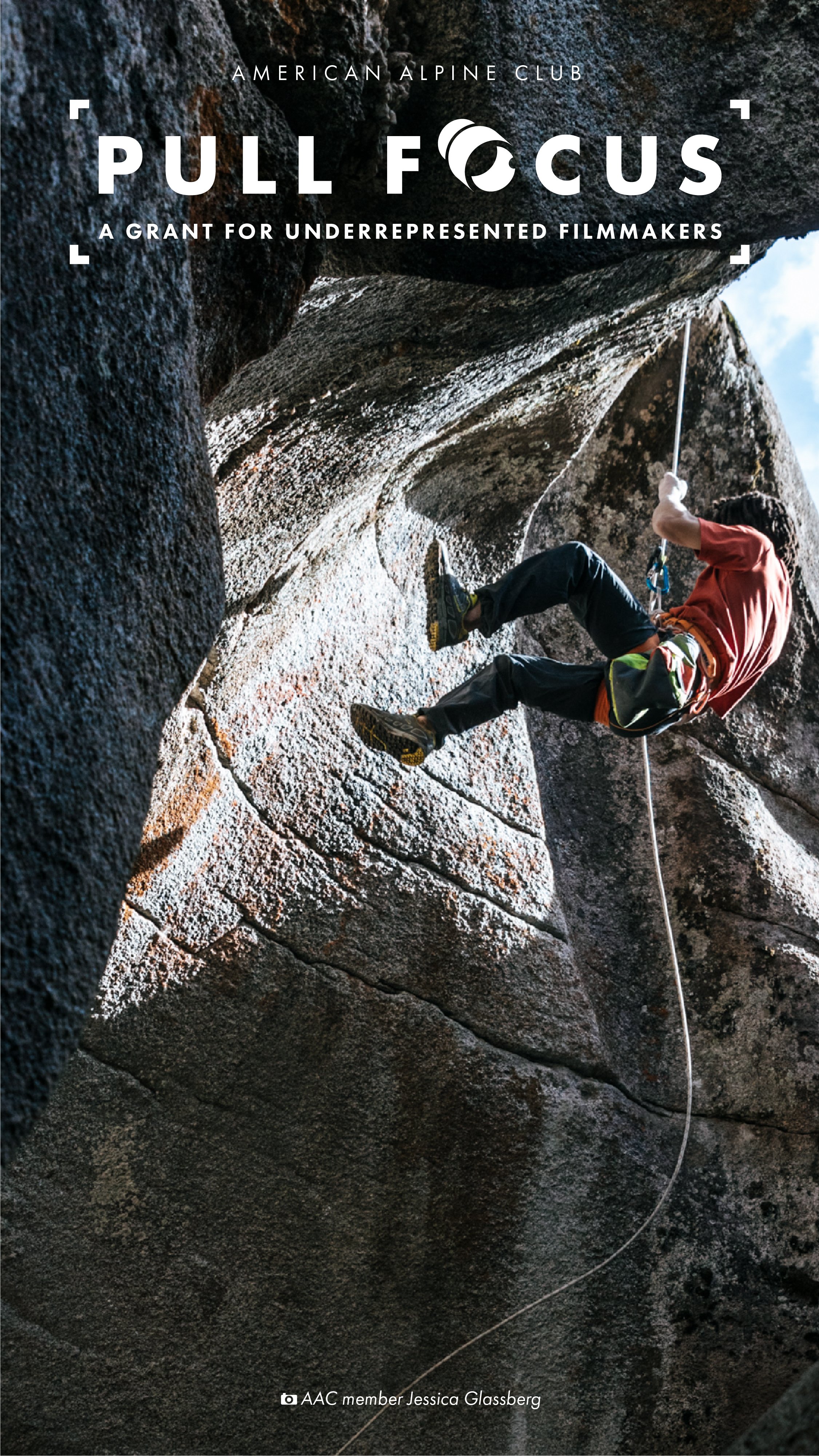On April 18, 2021, Gabe Schwartz (39) and Kile Simpson (33) were climbing Wrist, a two-pitch 5.6 in the Trapps area of the Gunks. Simpson, a climber with four years of experience, was leading the first pitch. Schwartz, who had been climbing for over ten years, wrote, “He (Kile) was nearing the top of the first pitch when he let out a yell.” Schwartz assumed his partner had fallen. He “...took a step back to prepare for a big catch and looked up to see a large rock falling down the wall.”
The rock landed at the bottom of the cliff and obliterated a dead tree before joining a scree field. At this point, Schwartz saw the lead rope lying limp on the ground. It had been severed about 40 feet below Simpson.
Schwartz recounts, “Once I notified him of the situation, he placed two cams and anchored off of them. He was at a hands-free stance. I happened to have my [own] rope with me, so I had a climber in the area belay me as I led up to the top of the first pitch. I set an anchor and tossed my partner the end of the rope so that he could tie in [and climb to my stance]. We finished the second pitch and retrieved all of our gear as we rappelled. We found the rock after the fact and estimated it to be 80 to 90 pounds.
ANALYSIS
Simpson wrote, “I was on an obvious line, but apparently off route. The rock that sheared seemed stable. I used it as a handhold. Having four points of contact and a large ledge was why I did not fall. I was not aware of the loose rock until after the incident.” He was 100 feet up when the rope was severed, and he was fortunate that the weight of the block impacting his rope did not pull him off.
This accident resulted in a combination of the leader taking a less frequented line and possibly the presence of loose rock in the early spring due to the freeze/thaw cycle. Simpson was wearing a helmet. Schwartz cannot recall if he had his helmet on while belaying, but his rule was to wear a helmet 100 percent of the time while climbing and perhaps 50 percent of the time on the ground. Now, he always wears a helmet while belaying. (Source: Gabe Schwartz.)
ROPES DON’T BREAK…RIGHT?!
Undamaged climbing ropes rarely if ever break in use, but they can be cut quite easily when loaded over a sharp edge of rock—or when impacted by a falling block. The incident described above is one of two separate cases reported in 2021 in which a falling rock cut the leader’s rope. In the second incident, near the top of a previously unclimbed route in Zion National Park, the rockfall sliced the lead rope and then impacted the belayer, badly breaking his leg. This incident will be analyzed in ANAC 2022 and was covered in Episode 71 of the Sharp End podcast (see the link below).
Leading with two half ropes or twin ropes can offer an additional margin of safety in loose terrain, but the best way to prevent rope-cutting accidents like these is to avoid knocking off rocks in the first place: Stay on route, test all suspicious holds or blocks, and use directional pieces to prevent the rope from dragging across ledges or tugging on loose blocks.



